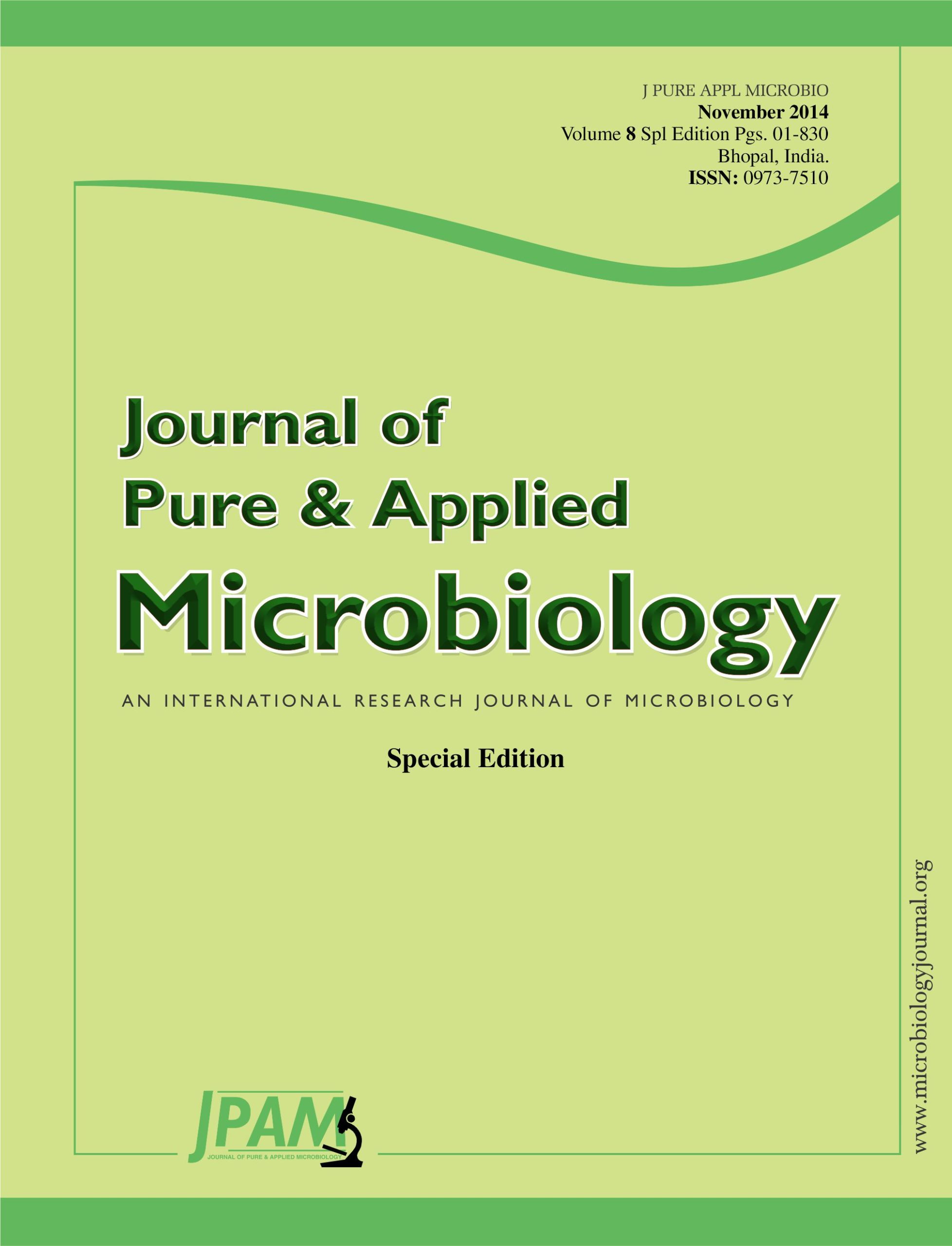In our previous work, some of imidazole and pyridone carrying pyrene derivatives were synthesized before. The potential antimicrobial effects of the synthesized compounds were screened for qualitative (zone of inhibition) and quantitative antibacterial activity (MIC) by agar diffusion test and microtitration methods, respectively, using a variety of microorganisms (S. Typhimurium and P. aeruginosa ) as Gram –ve bacteria, (S. aureus) as Gram +ve bacteria and (C. albicans and A. flavus) as yeast. Some of them exhibited promising activities and the other compounds exhibited moderate activity when compared to standard reference drug.
Imidazole derivatives, Pyridones, glycosides, Antimicrobial activities
© The Author(s) 2014. Open Access. This article is distributed under the terms of the Creative Commons Attribution 4.0 International License which permits unrestricted use, sharing, distribution, and reproduction in any medium, provided you give appropriate credit to the original author(s) and the source, provide a link to the Creative Commons license, and indicate if changes were made.


